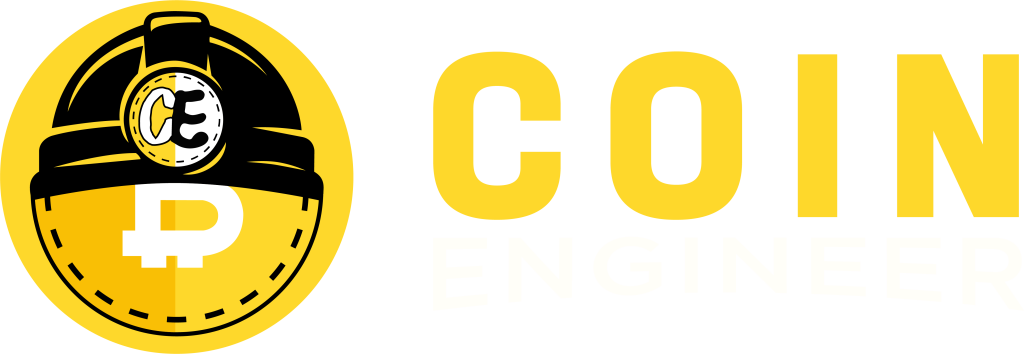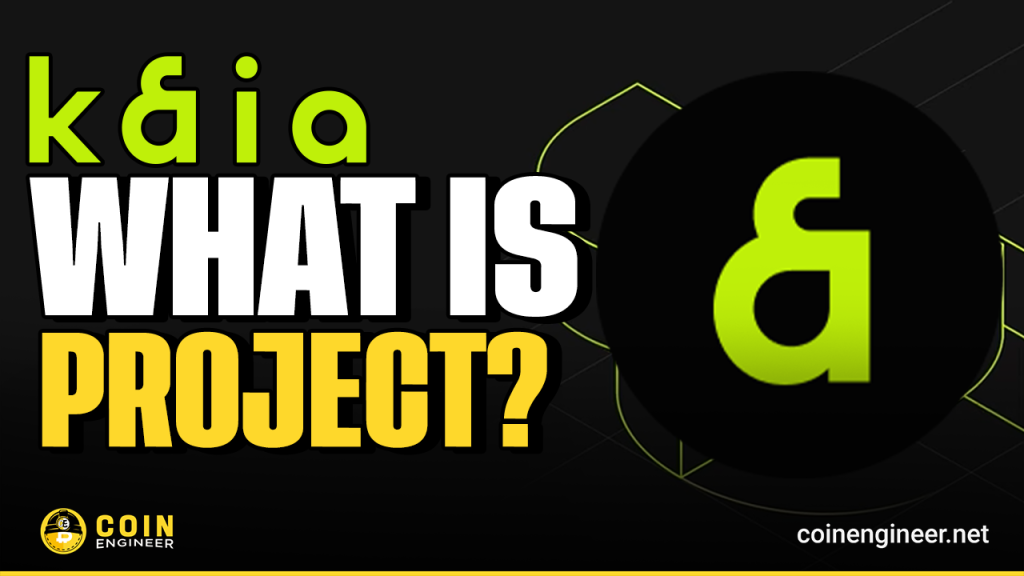Kaia (KAIA) is an EVM-compatible, high-performance, and low-cost Layer 1 blockchain network that offers reliability, fast transactions, and seamless integration. Designed to drive mass adoption of blockchain technology, Kaia prioritizes scalability and ease of use, providing a robust infrastructure for developers and users alike. Let’s take a detailed look at what Kaia (KAIA) is and what it offers.
What is KAIA and What Does It Do?
Kaia is an EVM-compatible, high-performance, and low-cost Layer 1 blockchain network formed through the merger of Finschia and Klaytn blockchains. It aims to drive the mass adoption of blockchain technology by offering scalability, efficiency, and seamless integration. With a transaction capacity of 4,000 TPS (transactions per second), a 1-second finality, and lower fees compared to Ethereum, Kaia stands out in the blockchain space.
Key Features of KAIA
- Scalable & Fast Transactions: Supports high transaction throughput with minimal delays.
- Optimized Tokenomics: Uses a three-layer burn mechanism to maintain token value while encouraging active participation.
- Decentralized Governance: Evolves toward greater decentralization, ensuring strong community participation.
- Enterprise-Ready Infrastructure: Facilitates easy integration for businesses with strategic partnerships (e.g., CARV, Dune).
Network Structure
Kaia operates through three interconnected subnetworks:
- Core Cell Network: Handles transaction processing.
- Endpoint Node Network: Manages API services and connects with primary service chains.
- Service Chain Network: Supports independent chains dedicated to specific dApps.
Consensus & Security
Kaia employs a modified Istanbul BFT consensus combined with VRF-based randomness and committee selection to ensure efficient and secure block production.
The Kaia Virtual Machine (KVM) is EVM-compatible, simplifying Ethereum contract migration and enabling secure cross-chain transactions. Additionally, the platform enhances security through separated validator keys and multi-platform transaction support.
Click here to check project’s white-paper.
Kaia Token Economy ($KAIA)
Kaia’s native token ($KAIA) plays a crucial role in the blockchain’s economic model. New KAIA tokens are issued with each block at an initial annual inflation rate of 5.2%, designed to incentivize active participation. Validators earn KAIA by processing transactions and maintaining network stability.
Token Distribution
- 50% – Network Participants & Staking
- 80% – Staking Rewards
- 20% – Block Producers
- 25% – Kaia Ecosystem Fund (KEF): Supports ecosystem growth and development.
- 25% – Kaia Infrastructure Fund (KIF): Ensures infrastructure stability and platform security.
This distribution model promotes active participation while ensuring the sustainable growth of Kaia’s ecosystem and infrastructure.
Clich here to get project’s X account.
Burn Mechanism
To regulate KAIA’s circulation and maintain its value, Kaia Blockchain implements a three-tiered burn model:
- Transaction-Based Burning: A portion of transaction fees is permanently removed from circulation to counterbalance inflation.
- Maximum Extractable Value (MEV) Burning: A fraction of validators’ extra profits from transaction ordering is burned, preventing exploitation.
- Operational Burning: Ecosystem services are incentivized to burn KAIA to support network growth and value preservation.
These mechanisms help balance network expansion, economic security, and long-term stability.
Governance
Kaia’s governance operates through KAIA-staked voting rights, with limitations to prevent power centralization. Initially managed by a trusted Governance Council, Kaia’s governance oversees protocol upgrades, token issuances, and fund distributions. The process includes proposal submission, expert reviews, council voting, and transparent on-chain records. As the system matures, governance will transition towards DAOs, builders, and wider community participation for greater decentralization.
Node Structure
Kaia operates with three types of nodes:
- Consensus Nodes (CNs): Validate transactions, produce new blocks, and form the backbone of consensus and governance. Running a CN requires specific hardware, software, and staked tokens.
- Proxy Nodes (PNs): Act as intermediaries between CNs and Endpoint Nodes (ENs), enhancing network efficiency and resilience. PNs do not require staking.
- Endpoint Nodes (ENs): Provide external access to the Kaia network. While they don’t require staking, technical expertise and resource commitment are necessary.
While CNs actively participate in governance, other nodes ensure network stability and accessibility.

Partnerships
- CARV: Kaia has partnered with CARV, which provides identity and data layer infrastructure. This collaboration adds data ownership, privacy, and user authentication tools to Kaia’s blockchain ecosystem.
- Dune: Kaia also integrates with Dune, a blockchain data analytics platform. This integration gives users deep insights into ecosystem metrics such as transaction volumes, gas fees, and activities.
In summary, Kaia is an EVM-compatible, high-performance, low-cost Layer 1 blockchain network. It offers reliability, fast transaction speeds, and easy integration. The project combines the Finschia and Klaytn blockchains to target the mass adoption of blockchain technology. With a transaction capacity of 4,000 transactions per second, a 1-second finality time, and low fees, Kaia stands out in the blockchain landscape.
KAIA tokens incentivize active participation, while burn mechanisms preserve value. Governance evolves toward decentralization, encouraging community involvement. Kaia’s infrastructure, efficiency, and strategic partnerships make a strong contribution to the blockchain ecosystem.
You can also freely share your thoughts and comments about the topic in the comment section. Additionally, don’t forget to follow us on our Telegram, YouTube, and Twitter channels for the latest news and updates.


